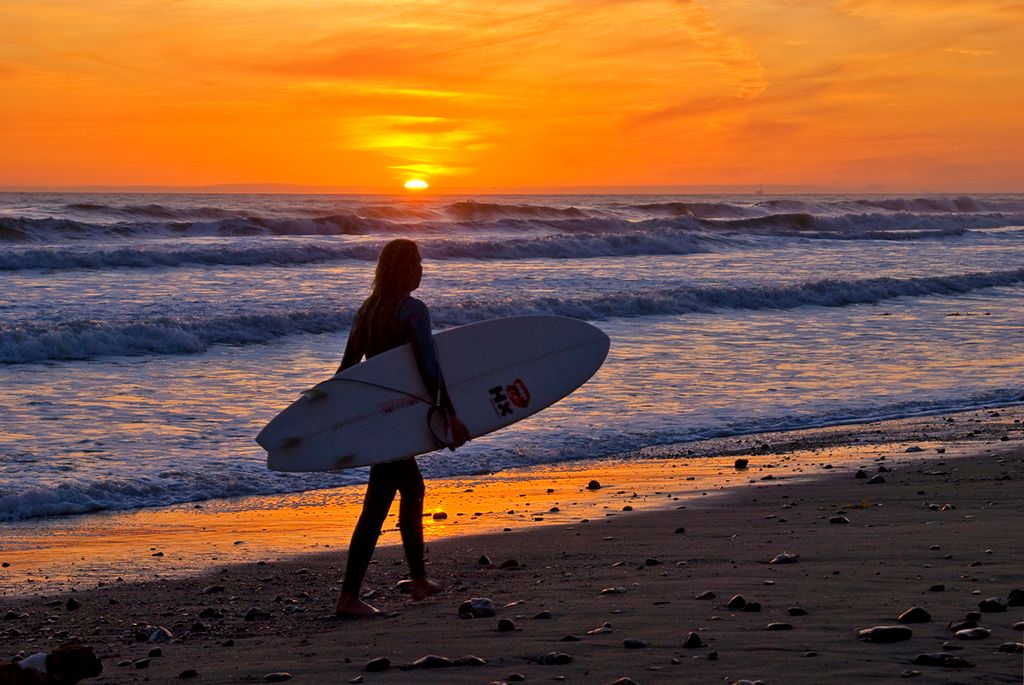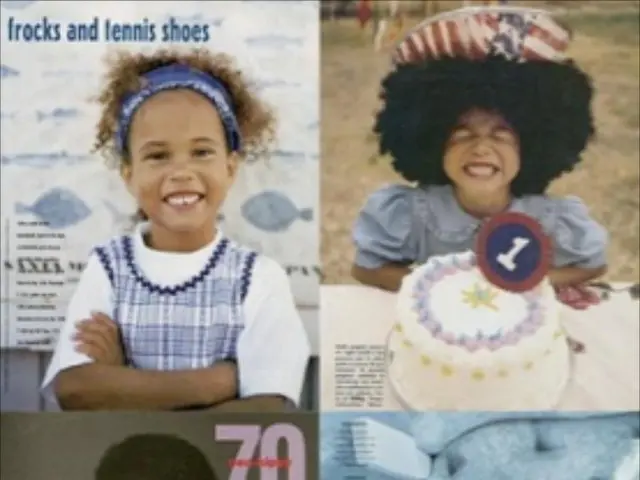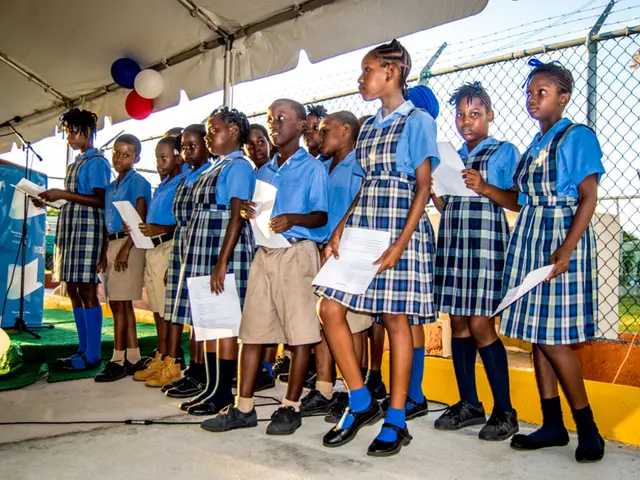Investigating Eco-friendly Art: Giulia Apice and Veronica Neri at E ART Project
In the shifting landscape of art, sustainability is taking center stage, with creators all over the world embracing eco-friendly practices. A prime example of this movement can be seen at the E ART training held in Thessaloniki, Greece, from October 3-7, 2023. This event brought together artists, curators, and experts to delve into the "Sustain Art Curriculum." Two of the standout participants were the exceptional artists, Giulia Apice and Veronica Neri, whose work showcases the power of sustainable materials in artistic creations.
A Spectrum of Colors, a Canvas of Consciousness: Giulia Apice
Giulia Apice's art revolves around painting, as she passionately examines themes of identity, humanity, and representation. Her unique approach combines pictorial and conceptual elements, creating a harmonious blend of content and form. In her distinctive painting style, she reuses old sheets as canvases, then applies watercolors to craft soft, blurred images with ambiguous outlines. These techniques transform her artwork into emotional echoes or fleeting memories, evoking a sense of ambiguity that mirrors the constantly changing perceptions of reality, serving as a poignant metaphor for our existence.
Redefining Waste with Veronica Neri
Veronica Neri's art grapples with themes of impermanence, vanitas, and the striking contrast between presentation and representation. She gravitates towards sustainable materials such as severed flowers and domestic textiles, and her works often stem from personal, intimate practices. One unique aspect of her artistry involves collecting decaying flowers from cemetery waste and engaging with the earth by burying and unearthing objects. This process allows nature to shape her materials, offering a profound glimpse into the artist's process and the beauty found in the ordinary.
A Symphony of Ideas at E ART training
The E ART Training served as a platform for collaboration, creative exchange, and the refinement of practices. Over five days, artists like Giulia and Veronica worked alongside partners and experts, testing and analyzing various modules of the Sustain Art Curriculum. This project offered a precious opportunity for artists to contribute to their growth and to initiate important conversations about environmental issues. Through interactive sessions and discussions, participants explored how sustainable art can generate wider discussions about the planet's wellbeing. Giulia and Veronica's contributions were instrumental in showcasing the critical role artists can play as advocates for sustainability, proving that beautiful art can coexist with responsible choices. By using eco-friendly materials and methods, they not only create engaging visual experiences but also inspire others to ponder the impact of their actions on the world. Their participation in the E ART project underscores the importance of incorporating sustainability into artistic practices, setting an example for future generations of creators.
As the art world grapples with environmental challenges, artists are leading the charge towards sustainability. The E ART project strives to support this movement by sharing the journeys of sustainable artists like Giulia and Veronica. By illuminating the paths these creative individuals are blazing, the E ART project aims to encourage a growing community dedicated to harmonizing art and ecological responsibility. The E ART project represents a significant step in this direction, demonstrating the vital role artists play in catalyzing sustainable change.
For more information about the E ART project and its participants, visit E ART Project.
Note: Although I can't provide specific details about the "Sustain Art Curriculum" or the E ART training due to the limited information available, I can offer some insights into how art and sustainability might intertwine in educational curricula.
Integrating sustainability into educational programs, such as through Education for Sustainable Development (ESD), involves teaching students about the interconnectedness of social, economic, and environmental issues. Art can be a potent tool in this process, enabling students to explore the social and cultural aspects of sustainability through creative activities. Artists like Giulia Apice and Veronica Neri might contribute to curriculum development by incorporating artistic perspectives, creating innovative projects, and fostering cultural awareness in sustainability education. They can illustrate and delve deeper into complex environmental and social challenges, helping to educate the next generation of responsible artists and global citizens.
- Artists like Giulia Apice and Veronica Neri, who were featured at the E ART training, focus on sustainability in their artistic creations, using sustainable materials such as old sheets and decaying flowers.
- Education for Sustainable Development (ESD) can benefit from integrating art by inviting artists like Giulia and Veronica to contribute to curriculum development, fostering cultural awareness in sustainability education.
- The E ART project provides a platform for artists to learn about eco-friendly practices, collaborate, and advocate for sustainability through their work, as exemplified by Giulia Apice's exploration of identity and humanity and Veronica Neri's wrestling with themes of impermanence.
- Sustainable and impactful art, like that created by Giulia Apice and Veronica Neri, not only engages viewers visually but also inspires personal growth, self-development, and learning about the impact of our actions on the planet.
- Home-and-garden enthusiasts, art lovers, and advocates of sustainable living, can find inspiration and resources on implementing eco-friendly practices in their daily lives, art, or events by visiting the E ART Project website, a hub for showcasing sustainable artists and their work.








